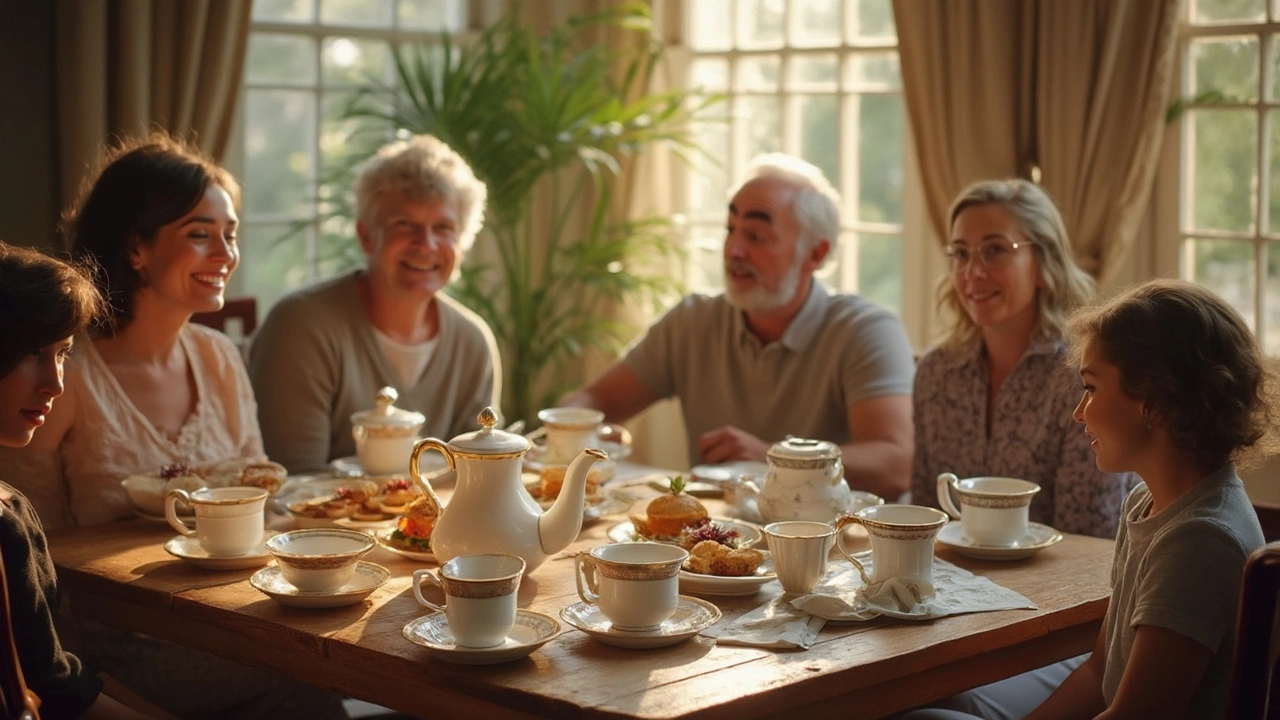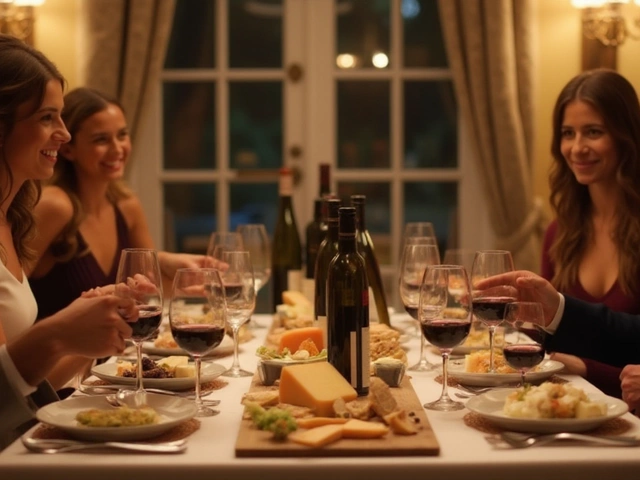Tasting Menu Tips: Build a Memorable Multi‑Course Experience
Ever wondered why a five‑course tasting menu feels like a journey? It’s because each plate is meant to guide your taste buds, one step at a time. When you get the order right, guests notice the flow, the contrast, and the surprise. Below are the basics you need to pull off a great tasting menu without over‑thinking it.
Planning Your Tasting Menu
Start by deciding how many courses you want. Six to eight is a sweet spot – enough variety to impress, but not so many that people get tired. Write down a simple theme: seasonal produce, a regional focus, or a flavor story (sweet‑to‑savory, light‑to‑rich). Once the theme is set, sketch a rough outline: amuse‑bouffe, soup or salad, fish, meat, palate cleanser, cheese, and dessert.
Keep the portions tiny. Think bite‑size, not a full plate. A good rule is “one‑to‑two spoonfuls” for each course. This way guests can enjoy everything without feeling full before the last course arrives. Use the same plate size for all courses; consistency makes the whole experience feel polished.
If you’re not a chef, look for ready‑made dishes that fit your theme. Grocery stores now sell mini‑tarts, pre‑marinated fish, and single‑serve desserts. Pair them with simple sauces you can whip up in a few minutes. The goal isn’t perfection, it’s a cohesive flow.
Wine & Food Pairing Basics
Wine can either amplify a dish or drown it. The simplest approach is to match weight: light wines with light dishes, full‑bodied wines with richer plates. For a fish course, a crisp Sauvignon Blanc or a lightly oaked Chardonnay works well. For a beef or game course, try a medium‑to‑full red like a Merlot or a Rioja.
Don’t forget the palate cleanser. A quick sip of sparkling water or a small glass of dry rosé can reset the taste buds before cheese or dessert. In our “Can You Eat During a Wine Tasting?” article we explain why a short break helps you taste better – the same logic applies here.
When you’re unsure, a versatile wine like a dry Riesling or a Garnacha can bridge several courses. It’s also a good idea to have a non‑alcoholic option ready – a mocktail from the “Best Non‑Alcoholic Drinks” list or a simple sparkling apple juice works as a safe fallback.
If you plan to serve a whisky or spirit tasting later, check out the “Best Foods to Eat Before a Whisky Tasting” guide. A few nuts or a strip of dark chocolate can prime the palate without overwhelming the earlier courses.
Finally, write short tasting notes for each wine and dish. Guests love a quick explanation of why a certain wine is paired with a certain bite. It adds a storytelling element that turns a dinner into an experience.
To sum up, a great tasting menu is built on three pillars: clear theme, tiny portions, and smart wine matches. Stick to these basics, tweak a few details for your own style, and you’ll have a menu that feels both sophisticated and approachable. Ready to try it at your next dinner party?
Setting up a tea tasting at home or anywhere else is all about getting the right balance between the teas you pour and the treats you serve. This article walks you through choosing a mix of teas, picking the best foods to complement each one, and creating an easy tasting order. You'll learn how to keep your guests comfortable and engaged, plus a few tricks to make your tea tasting feel special without fuss. Get ready to serve like a seasoned host, without a hint of stuffiness.
View Details

